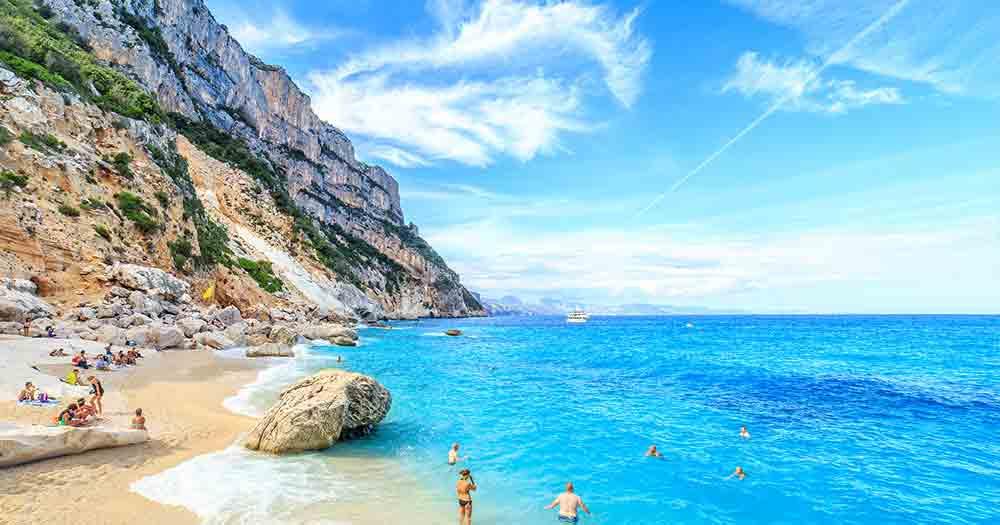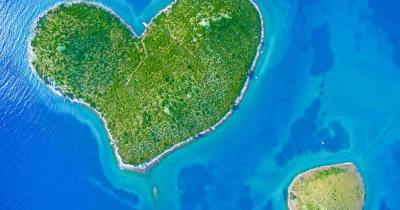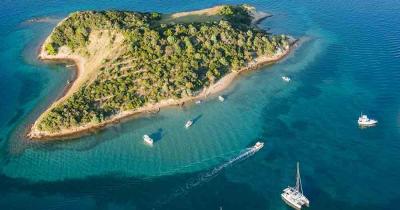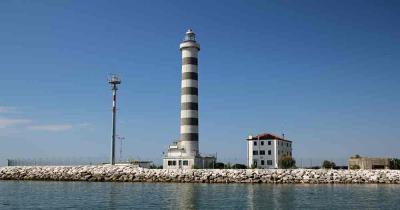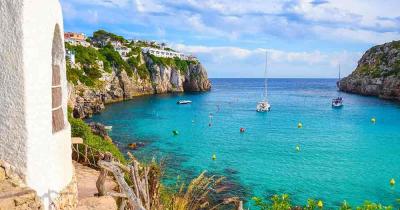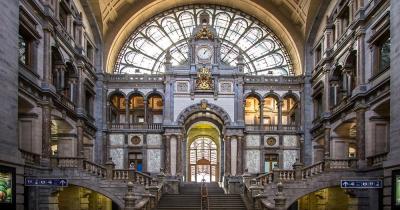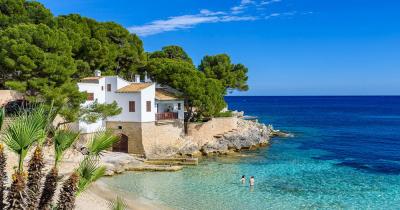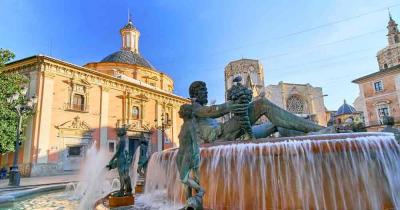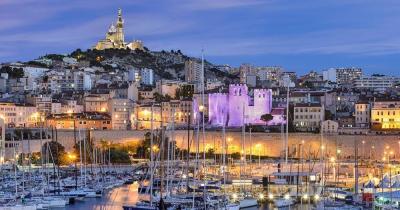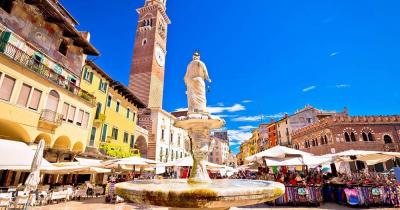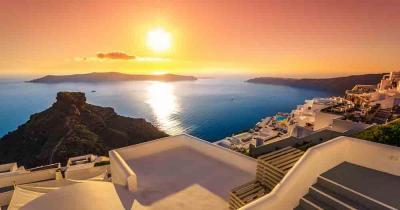Sicily
A worthwhile destination
Categories: Sicily Italy
The largest island in the Mediterranean, with an area of 25,000 km², is a worthwhile destination in more ways than one. In an almost ideal-typical way, holidaymakers can enjoy both a unique nature and a culture that is thousands of years old and extremely diverse. Innumerable beaches and bathing bays along the more than 1,150 kilometres of coastline invite you to sunbathe, swim and lounge.
Well-known and scenic beaches can be found at Bagheria, Balestrate and Cefalu on the north coast, Aci Trezza, Aci Castello and Fontane Blanche on the east coast, Cannatelle, Falconara and Marinella on the south coast and Comino, Lido Signorino and Marzara de Vallo on the west coast.
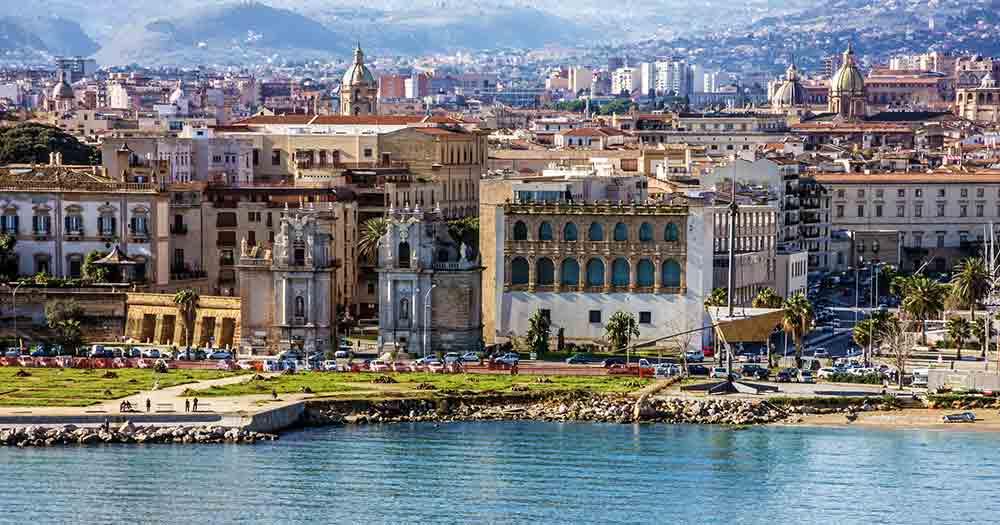 © Vlada Z / Fotolia
© Vlada Z / Fotolia
Off the coast and inland, imposing mountain massifs and legendary volcanoes such as Etna near Catania and Messina, Monte Pellegrino near Palermo and Stromboli as part of the Aeolian Islands await curious explorers. Hiking is also excellent along the two longest Sicilian rivers, the Salso (144 kilometres) and the Simeto (113 kilometres), as well as around the 8 km² large reservoir Lago Pozillo and in the nature reserve Lago di Pergusa, with its rich fauna and the centrally located province of Enna.
Impressive evidence of the rich cultural history are above all the almost 30 UNESCO World Heritage Sites on the entire island. In addition, almost every region and city has numerous historical buildings, impressive ruins and architectural remains in Arab, Baroque, Byzantine, Greek or Norman style. For example, on the south coast, near the town of Agrigento, are the remains of the important ancient Greek town of Akragas. Palermo, the capital of Sicily, has many Arab and Norman palaces.
Eight cities in Val di Noto (including Catania), in the provinces of Ragusa and Syracuse, fascinate with their extraordinary late baroque architecture. Also included in the UNESCO World Heritage List are the 13th century cathedral of Cefalù, the up to 3,300-year-old necropolis of Pantalica in the Monti Iblei near Syracuse and the historic centre of Ortygia in the city of Syracuse.
We also recommend a visit to the Museum of Islamic Art, which is located in the former Norman summer residence Castello della Zisa in the Royal Park Parco Nuovo in Palermo. There you will also find the medieval stone arched bridge Ponte dell'Ammiraglio and the imposing church buildings of San Cataldo, San Giovanni degli Eremiti and Santa Maria dell'Ammiraglio.
Sicily's culture also includes, without a doubt, the equally varied and tasty regional cuisine.
This has always been a source of great culinary creations, using the abundant ingredients from the sea and the land. Fish and seafood are served as stuffed ("Sarde a beccafico") or grilled sardines. Often you can also find tuna or swordfish ("pesce spada") on the menus. Typical for Sicily are hearty and partly long braised meat dishes.
Very delicate are for example the spicy veal roulades "Involtini alla siciliana" with béchamel, diced ham and cheese, pine nuts, bread crumbs and laurel, or the stuffed rolled roast "Farsu magru". 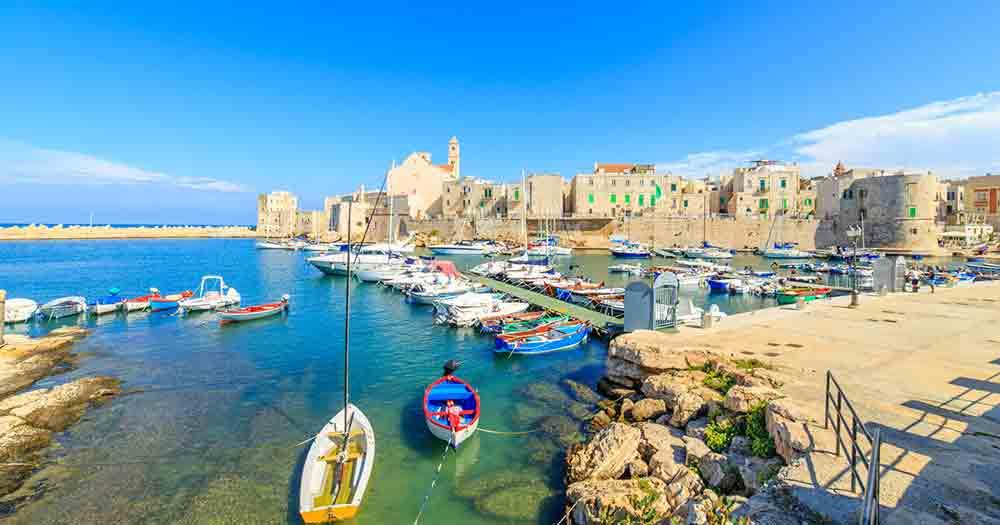 © Marcin Krzyzak / Fotolia
© Marcin Krzyzak / Fotolia
A classic is also the "Pasta alla Norma" with aubergines, basil, tomatoes and the aromatic sheep's cheese Ricotta Salata.
Another famous pasta dish from Sicily is the "Pasta con le melanzane" with aubergines, garlic, olive oil, peppers, tomatoes, olives and capers. But the artfully prepared Sicilian desserts deserve a special mention. Among the most famous specialities are the sponge cake "Cassata", the marzipan fruits "Frutta martorana" and the filled pastry "Cannoli".
